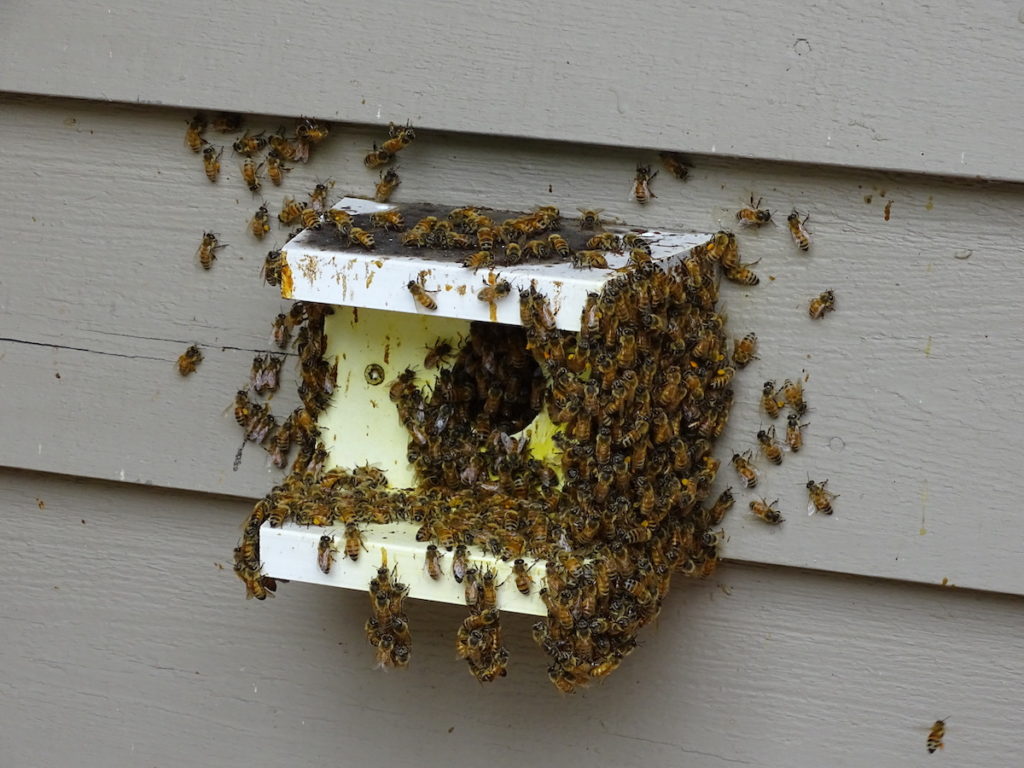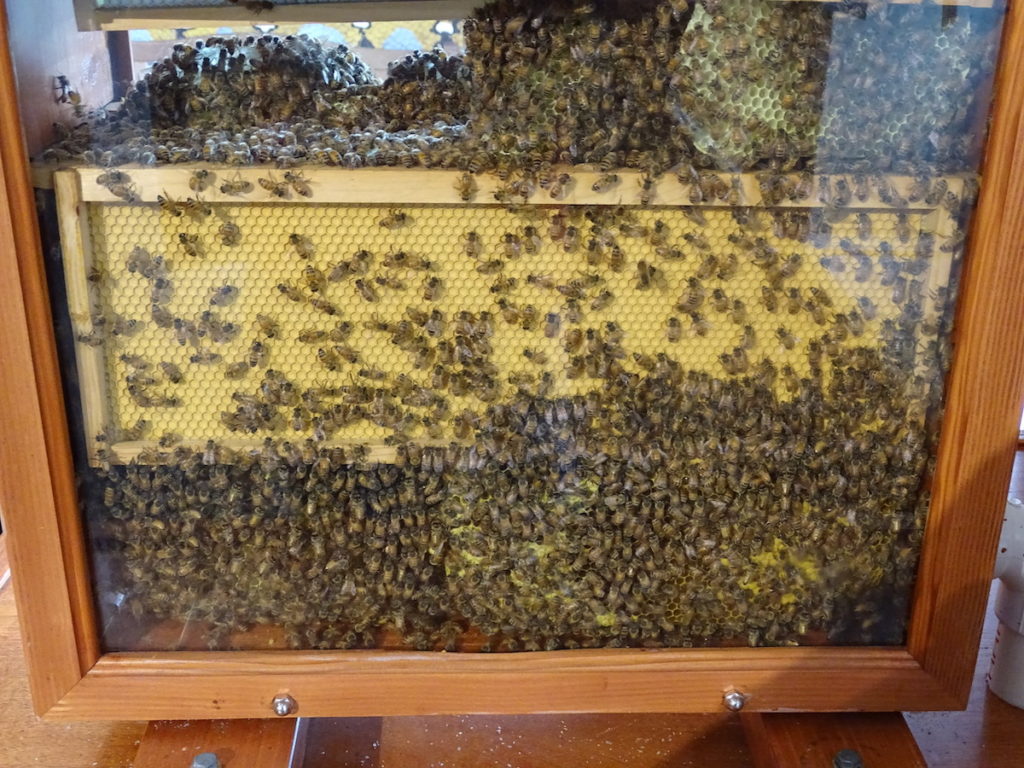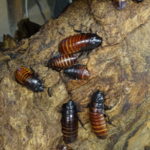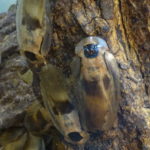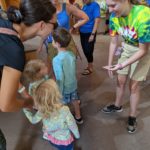Where the bugs are
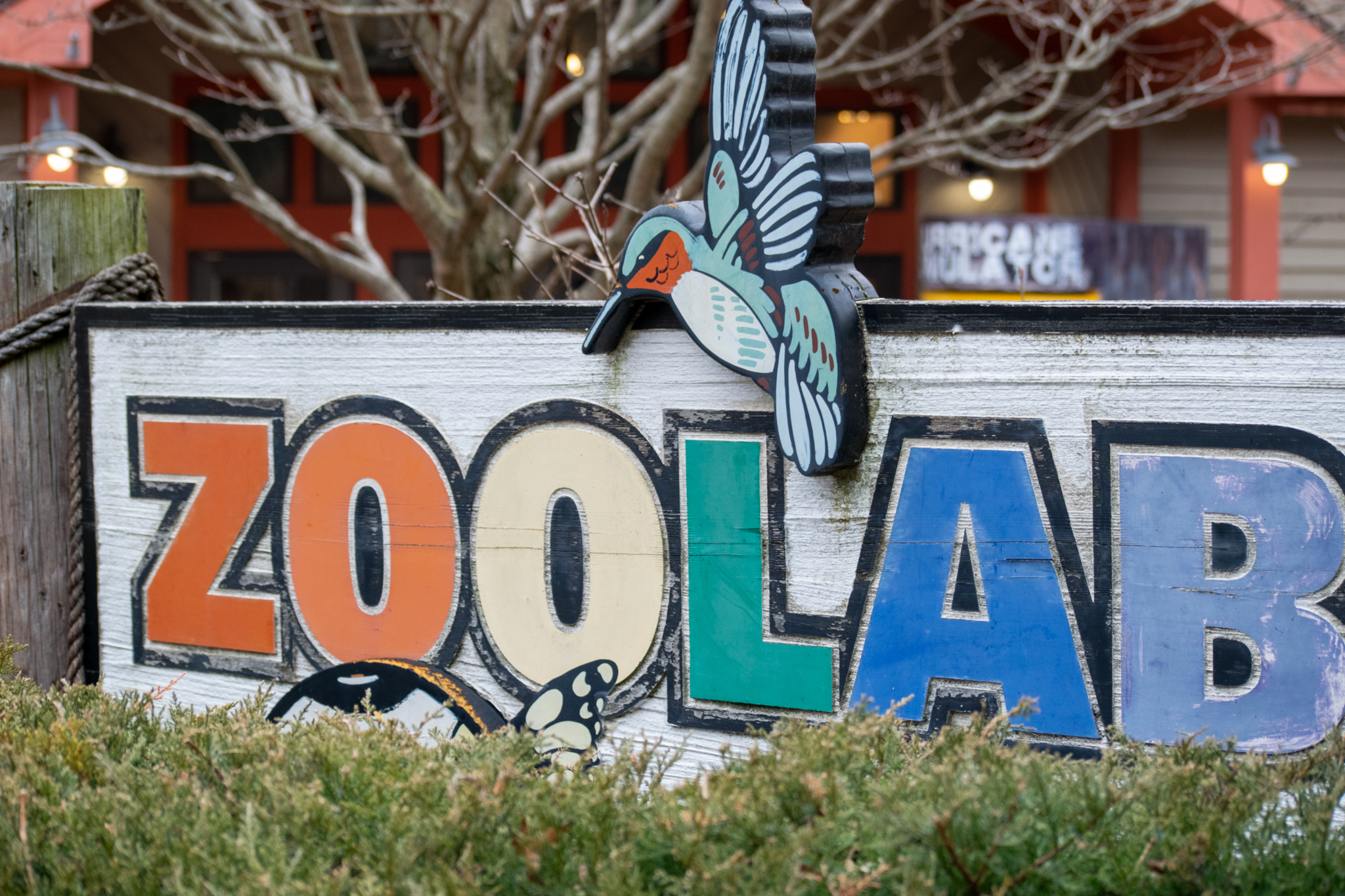
August 10, 2022
Zoolab, at Miller Park Zoo, is a place for discovery where guests can play games and work on puzzles. Many of the smaller animals and insects live in Zoolab. It is also home to the education animals that travel to schools and other venues, bringing Zoo education to the community.
Small but mighty
Insects are the largest group of animals in the world. They have a three part body - head, thorax, and abdomen - three pairs of joint legs, compound eyes, and one pair of antenna. They are the most diverse group of animals and include more than 1 million described species that represent more than half of all known organisms.
Have you heard the buzz?
Honeybees outnumber all other insects in Zoolab. Their hive is inside the ZooLab building with an entrance from the outside. If you have ever wondered what bees were doing inside a hive, you can see exactly what they are doing inside the plexiglass hive at the zoo.
When a bee finds a good source of pollen it returns to the hive and performs a waggle dance to let other bees know where they can find this great source of pollen. The direction they face as they dance tells the other bees the direction to fly. The speed with which they dance tells them how far they will need to fly. Bees are social and communicate with each other and cooperate with each other.
FUN FACT: Temperature and humidity are crucial for the care of these insects. Many of them come from tropical areas so must be kept warm and humid. Roaches can drown in standing water.
Providing educational opportunities
Other insects on exhibit include Caribbean giant roaches, Madagascar hissing cockroaches, and African giant millipedes.
Insects living behind the scenes and not on exhibit include: Flamboyant flower beetles, Peruvian green, and gold millipedes.
Madagascar hissing cockroaches are also part of the Zoo’s education department and are often brought out for education programs. These cockroaches make a noise when they are threatened as a way of defending themselves. They have live birth which is unusual for an insect. Newborn cockroaches, called nymphs, are white at birth and then darken as their exoskeleton hardens.
While no one wants roaches in their home, they are essential in the wild, as they help decompose plant matter.
The zoo has a special permit from the Department of Agriculture to have Giant Millipedes. The rules are very strict regarding the care, raising, and disposal of these insects. Allowing these insects into the wild could have a severe impact on local crops and vegetation. MPZ keepers take great care when disposing of all the bedding so no insects or eggs get out into the environment.
Flight-less fruit flies are the smallest insect at the zoo. They are so small they could sit on the head of a pin. They are raised for food for the poison dart frogs and other small frogs. The zoo also raises crickets to feed other animals such as frogs and monkeys.
After you visit the Zoolab stop by the gift shop where you will find butterfly and dragonfly stuffed toys and windup, plastic spiders. Don’t miss a chance to buy chocolate dipped insects.



